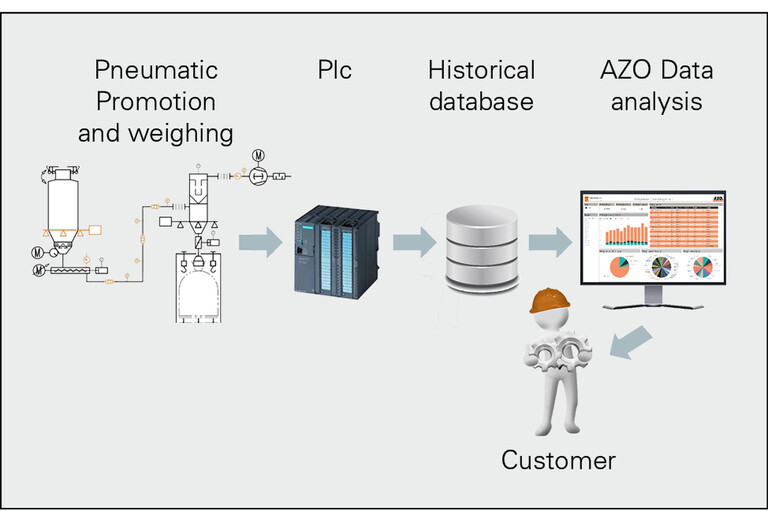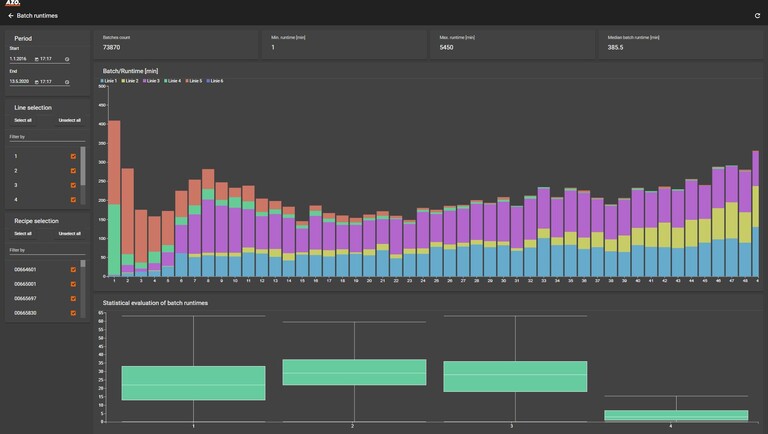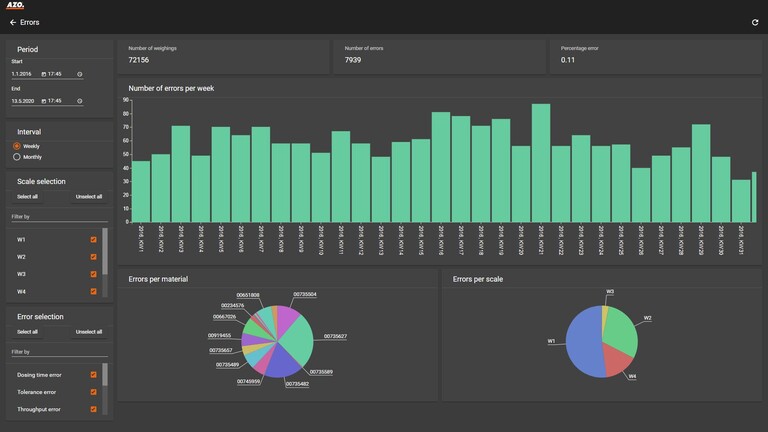Generally speaking, data analysis involves deriving useful findings from data. To do this, various techniques are used to restructure, organise and present the data, so that relationships and dependencies in the data become visible and the results can be used as a basis for production optimisation.
Data analysis itself can therefore be classified as a dedicated method or technology within the context of improving production systems. Data security is the top priority.







